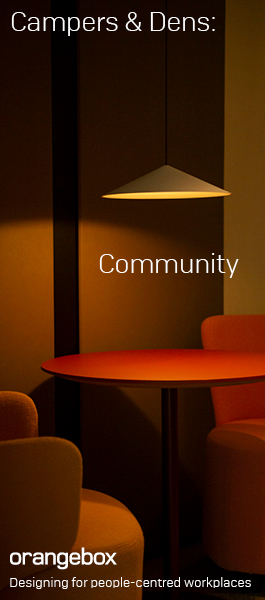July 30, 2025
Microsoft study reveals which jobs have been most affected by Generative AI
 A new large scale study from Microsoft has offered what its authors claim is one of the clearest pictures yet of how Generative AI is being used in real workplaces and which jobs are most exposed to its growing influence. Researchers from Microsoft analysed 200,000 anonymised user conversations with Bing Copilot, Microsoft’s publicly available AI assistant, to determine how AI is assisting or performing work tasks. The study focused on the types of activities people use GenAI for, how successfully AI completes them, and how these activities align with those performed across hundreds of occupations.
A new large scale study from Microsoft has offered what its authors claim is one of the clearest pictures yet of how Generative AI is being used in real workplaces and which jobs are most exposed to its growing influence. Researchers from Microsoft analysed 200,000 anonymised user conversations with Bing Copilot, Microsoft’s publicly available AI assistant, to determine how AI is assisting or performing work tasks. The study focused on the types of activities people use GenAI for, how successfully AI completes them, and how these activities align with those performed across hundreds of occupations.
The findings suggest understandably that knowledge workers will be most affected. Users most frequently turn to AI for gathering information, writing, and communication tasks. In turn, the AI most often acts as a teacher, advisor or assistant, helping users understand or complete their tasks rather than replacing them altogether.
While Generative AI is not performing entire jobs, the overlap between AI capabilities and many occupations is growing. The study introduces an “AI applicability score” to measure this overlap, incorporating how often AI is used for a given work activity, how successful that use is, and how central the task is to an occupation.
The highest scores were found in fields such as sales, administrative support, writing, customer service, and technical writing. Interpreters, translators, historians, and radio DJs are among the jobs showing the greatest ‘overlap’ with AI. At the other end of the scale, jobs that involve physical labour or direct personal care, such as roofers, cleaners, and nursing assistants, showed the lowest applicability.
Interestingly, the study also suggests that Generative AI is not used equally across all components of a job. In 40 percent of conversations, the AI’s actions and the user’s goals were entirely different, underlining that AI often plays a supporting role. For example, when a user researches a topic, the AI may be “providing information” while the user is “gathering information,” two distinct work activities in occupational terms.
When it comes to outcomes, AI is most successful in writing, information retrieval, and basic explanation tasks. Conversely, tasks involving data analysis, visual design, or nuanced human interaction such as giving emotional support were less well received by users.
The study also examined broader labour market patterns. While there is a modest correlation between higher education and AI applicability, the link between higher wages and AI use is weaker than many had assumed. Jobs with moderate pay but large communication or information-processing components are among the most affected.
The authors stress that their data only tracks usage, not outcomes. They warn against simplistic conclusions about job automation. AI may make some tasks faster but could also elevate the role of workers who now have more powerful tools. “What AI does in a conversation,” they write, “is not the same as what businesses or workers choose to do as a result.”














